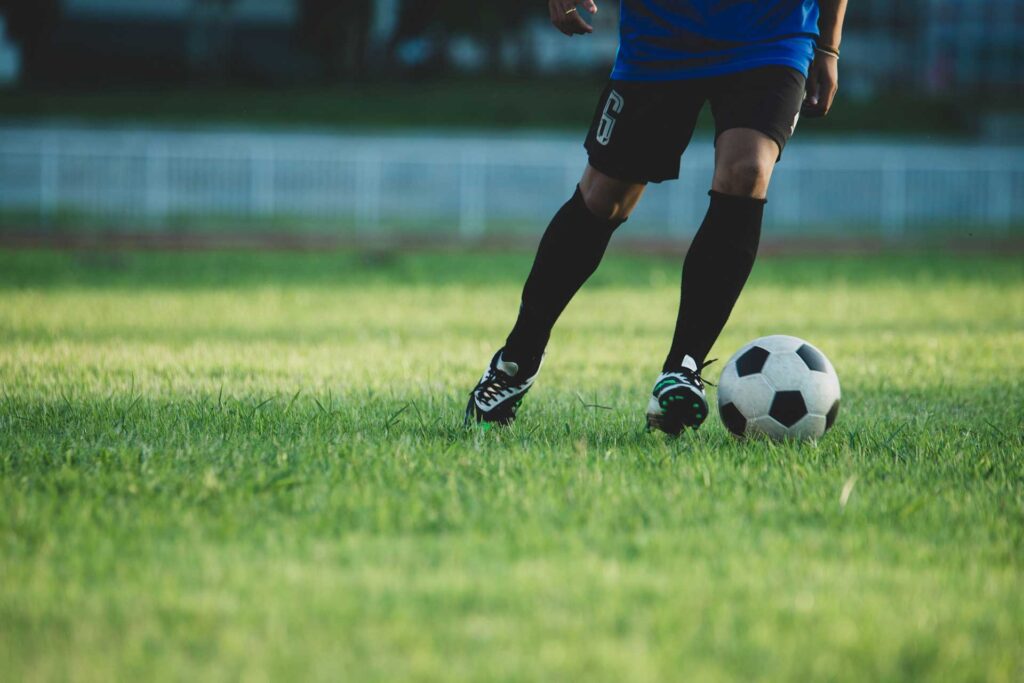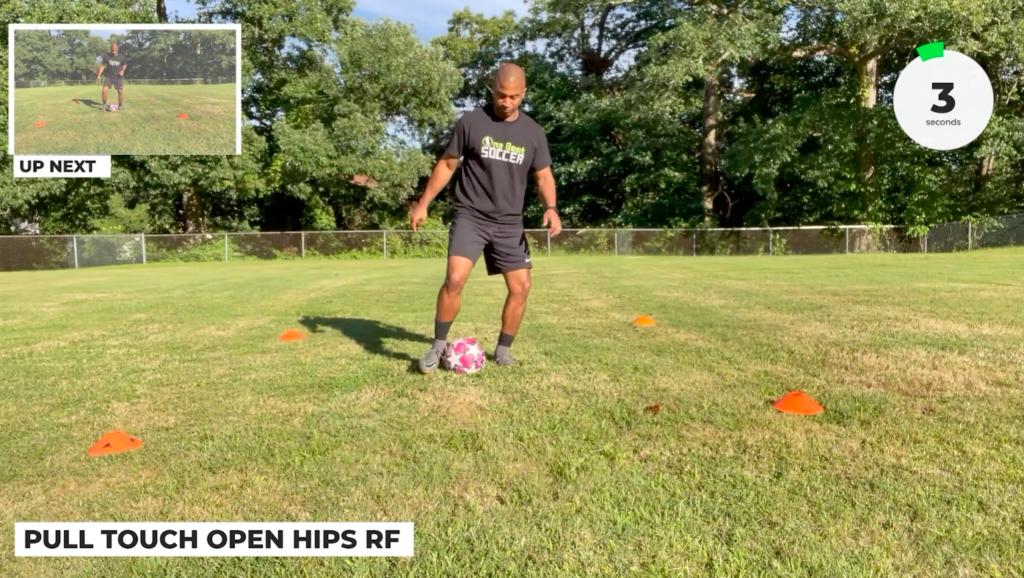I was a youth training and programs coach for an MLS club. As part of this position, I got to work with players at the grassroots level up to academy-level players.
This MLS club is known for its invite-only residential camps. From Sunday to Thursday, selected players participated in a five-day sleepaway camp, typically at a college or boarding school. The best players in the region and the country travel to attend these exclusive camps. I was lucky to be chosen to be a trainer at these elite-level events.
I was amazed by what I saw…
These players were the best I’ve ever seen. As the days went on, my analytical brain became obsessed with analyzing and understanding the criteria of what makes a young player this good – what makes an academy-level player. The MLS organization’s youth slogan was “The future is bright,” and it sure was, I thought to myself.
After studying these players for months, I sat down and furiously wrote notes.
You want to know what I learned…
Here are my notes…
They are driven by purpose
I noticed that the players were driven by a purpose from the moment I called them out of bed. I don’t know if it was the environment or the players themselves, but they all had this…this way about them. Every dribble, every pass, every shot was executed with this incredible sense of purpose. It was like they knew a secret that nobody else knew. They were laser-focused individuals who set out to achieve a goal.
They are resilient
I noticed that these players didn’t seek approval from their teammates, parents, or even me, their trainer. Looking at them, I could see them competing, but they weren’t competing against the opponent; they were competing against themselves. They already knew that they had to develop their weaker foot. They already knew that they had to get back on defense. What’s more, they seem largely unaffected when their first touch let them down, when the pass didn’t work out, or when their shots weren’t on target. They recovered from these setbacks with ease. They seemed to bounce back quickly because they had been there before. These players were self-driven and self-reliant.
They practice individually
After the sessions, I could sense their gears working hard, reflecting on what they felt they did right, what they felt they did wrong, and what they wanted to work on for next time. This active reflection of their individual performance was crucial for their development. In addition, many of them worked alone in the quad practicing moves, others chatted quietly with friends, and others gathered in common areas to unwind with senseless games of FIFA. They clearly had a mindset that allowed for growth away from team sessions. The biggest part of development occurred individually, outside of team practice.
After interviewing these elite players, they all said one thing:
They practice individually, away from team practice.
That’s right…
The secret that made these players good was that they practiced by themselves, away from team practice.
I wrote down one question and circled it on top of the page.
Can this be trained?
The answer is YES!
Before you come for me in the comments, let me explain…
Very few people are talking about this…
There’s a strong connection between purpose, motivation, and resilience and the development of a strong technical foundation through individual practice.

But what came first, the chicken or the egg?
Were these kids born with the intrinsic qualities that made them this good, or did they acquire them?
I’m here to tell you that they acquired them through individual practice.
Individual training is a significant catalyst in developing purpose, motivation, and resilience in young players.
This is extremely important because it is these qualities that propel players to the academy-level.
You can think about it like this:
Individual Training and Resilience
Individual training puts young players in a unique position where they face challenges and obstacles alone, without immediate support from teammates or coaches during the practice. This solitude in confronting and overcoming technical difficulties fosters resilience. As players repeatedly engage with these challenges, they learn to cope with frustration, adapt to setbacks, and persist in their efforts. Setting personal goals, working towards them in isolation, and experiencing both failures and successes cultivates a robust psychological resilience that is invaluable both on and off the field. This was evident in these players, and I’m convinced that’s why they are the best.
Developing Motivation Through Personal Achievement
In the context of individual training, motivation grows from personal achievement and the tangible progress that comes from consistent practice. When children see their skills improving through their own efforts — be it better ball control, more precise passes, or improved dribbling — it reinforces their internal motivation. This self-driven desire to improve is particularly powerful because it’s rooted in personal satisfaction and the joy of mastery, rather than external rewards or recognition. The autonomy in individual training allows children to discover their own reasons for engaging with the sport, further strengthening their intrinsic motivation.
Have you ever watched an academy level game?
It’s like a chess match.
There’s little shouting – there’s little noise in general, whether it be from the fans or the coaching staff.
The players are academy players for a reason.
Determination stemming from self-reliance
The nature of individual training inherently requires a level of self-reliance that players don’t get at team practices. Young players must learn to initiate, maintain, and push through their training sessions on their own. This necessity to self-motivate and self-discipline instills a strong sense of determination. Just like the players I mentioned earlier, players must learn that their development is directly proportional to the effort they put in. As they set personal challenges and meet them, the satisfaction of these achievements bolsters their determination to set higher goals and strive for them, creating a positive feedback loop of effort and reward.
How can I help my player reach the next level?
Team sessions do very little for the individual development your player needs to reach the next level. Your player needs a strong individual, technical, soccer program. By technical, I mean ball control. It starts at the beginning with touches on the ball.

We only have so many hours in a day, and your player needs to get as many touches on the ball as possible to develop.
I’m going to help you get started. I’ve put together an individual training program that will give your player 900 touches on the ball in just 15 minutes.
CLICK HERE TO GET A WORKOUT THAT WILL GIVE YOU 900-TOUCHES ON THE BALL IN ONLY 15 MINUTES
All your player needs is a ball and four cones to do this workout.
This workout will build ball control, touch, and fitness.
This workout is designed for your player to touch the ball every second, and because there are 900 seconds in 15 minutes, your player will get 900 ball touches in 15 minutes.
This is the difference we see between academy-level players and everyone else…
Academy players have figured out how to make the most of the time they spend with the ball.
While your child’s coach works on team tactics,
You can help your player develop the individual skills they need to reach the next level.
